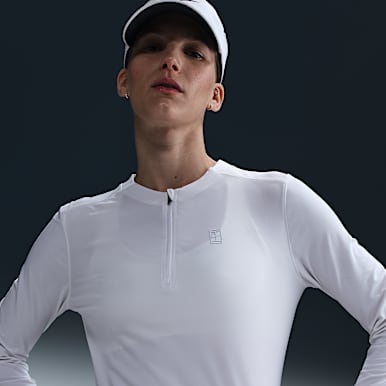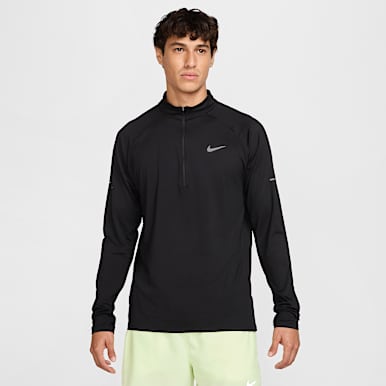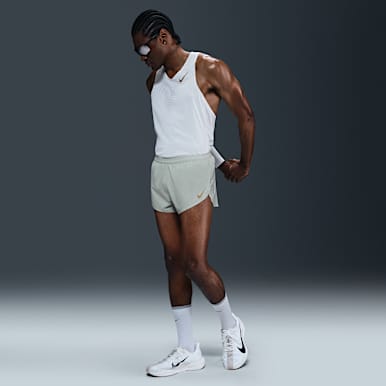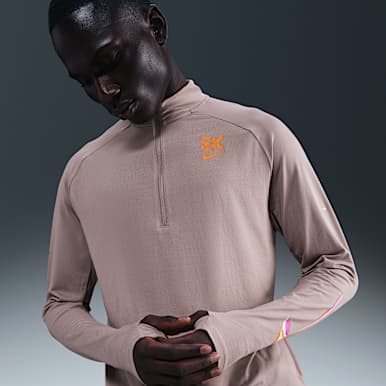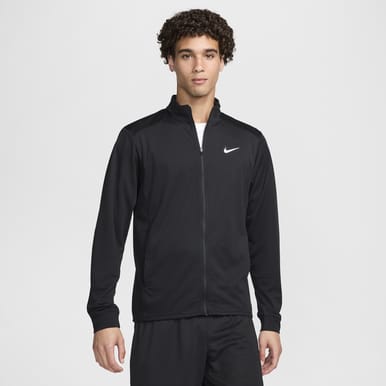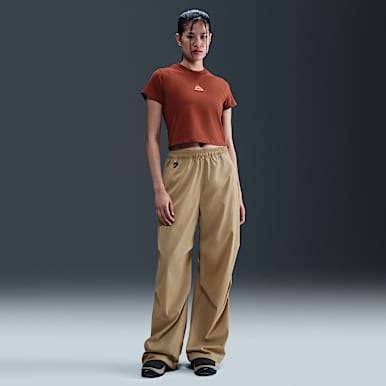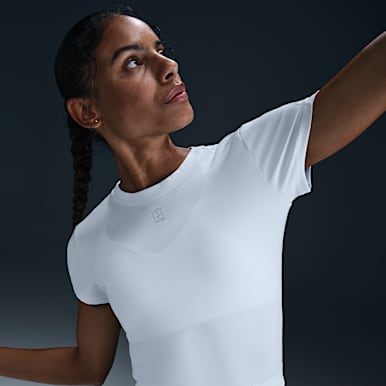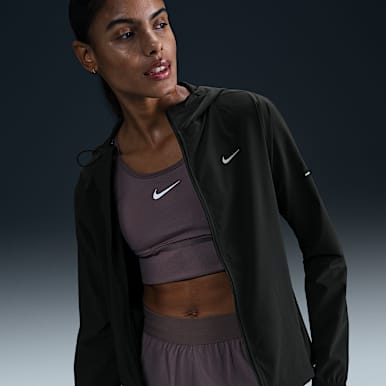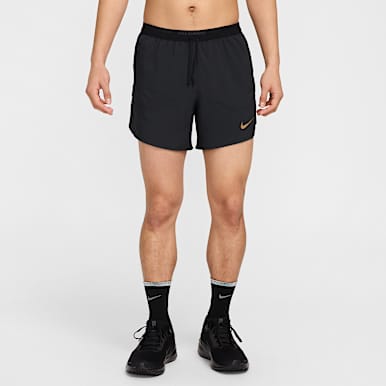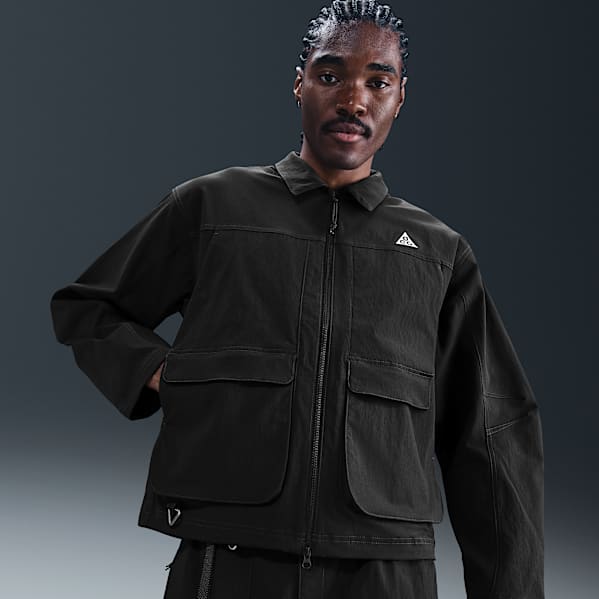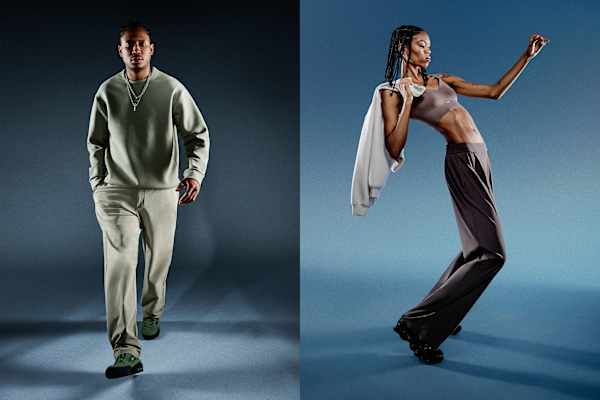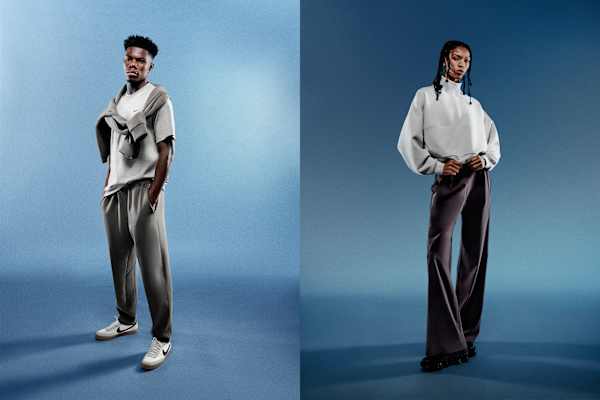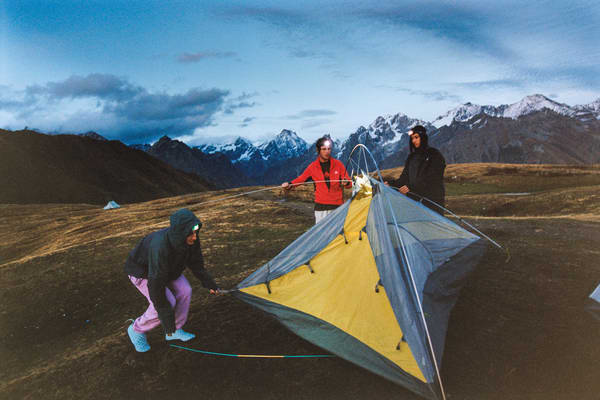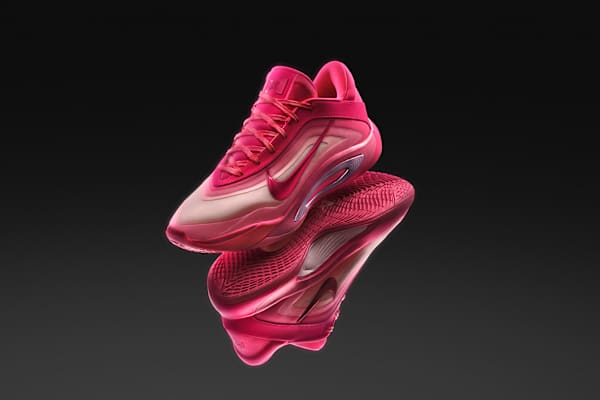Best Nike clothing to help protect your skin from the sun
Buying guide
When it comes to continuous sun protection, what you wear matters.
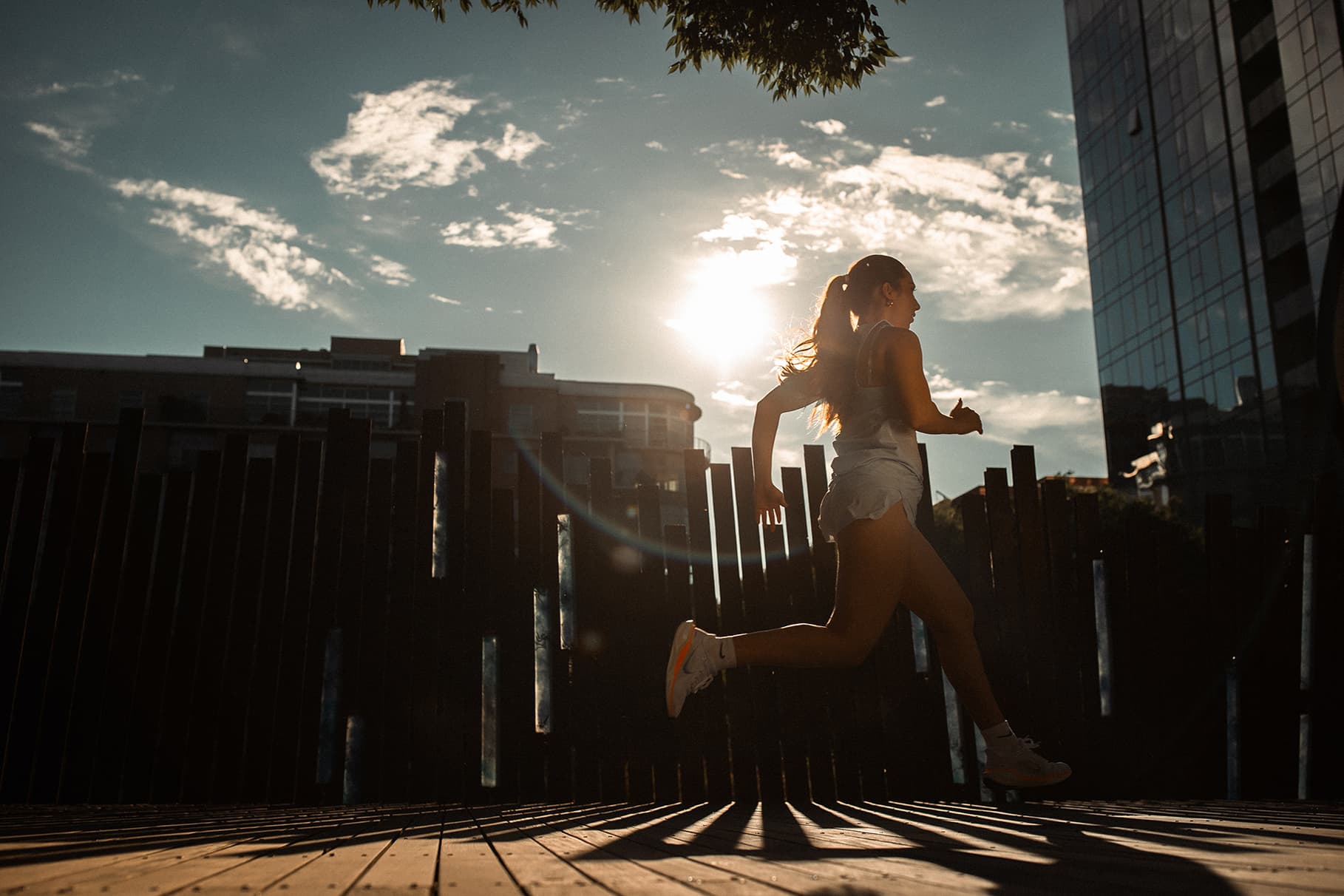
Enjoying a bit of sunshine is usually a welcome relief from spending time indoors, but, sometimes, there can be too much of a good thing. Exposure to ultraviolet, or UV, radiation—the type coming from the sun—is advisable only in small doses. Even on a cloudy day, you need to protect yourself. Wearing sun cream and sun block is helpful, but the US Environmental Protection Agency recommends reapplying it every two hours or more often if you're exercising or swimming.
That's why protective clothing can be an excellent strategy. The EPA suggests that tightly woven, loose-fitting clothes provide additional protection from the sun, and you can boost that even more with wide-brimmed hats and sunglasses. With that in mind, here are some options by Nike when it comes to clothes for sun protection:
Long-sleeve tops
Covering your arms with a loose-fitting, long-sleeve top can provide ample sun protection whatever your activity. Choosing one with Dri-FIT technology means you also get sweat-wicking features to keep you comfortable. Consider these:
- Nike Dri-FIT Swift UV: this loose-fitting top for women features thumbholes to extend UV coverage and hold the sleeves in place as you move.
- Nike ACG 'Goat Rocks': also sporting Dri-FIT technology and thumbholes, this top for men is a light layer that's highly breathable and offers UV protection in the areas it covers.
Trousers and tights
Much like a long-sleeve top can help protect you from the sun and keep you comfortable as you're active, long trousers serve the same purpose. Here are some rated as UV-protective:
- Nike ACG: these versatile men's trousers with a relaxed fit are lightweight but durable. They have UV-blocking fabric, and the water-repellent finish helps block stains.
- Nike Windrunner: also made from water-repellent fabric, these women's high-waisted, open-hem trousers offer a retro '70s vibe and UV protection while still being lightweight.
Jackets
Sun protection isn't necessary only in the heat of the summer. It's possible to burn even on a cloudy, cool day. Whatever the weather, it's helpful to wear a jacket that offers as much UV protection as the clothing beneath it. Try one of these:
- Nike Sportswear Classic Wovens: this women's jacket has dropped shoulders, an oversized fit and a hood in addition to UV protection.
- Nike Windrunner: like the Windrunner trousers, this jacket for men is lightweight, repels water and has UV-blocking fabric that provides protection in the areas the jacket covers.
Hats
There's a reason a skin cancer check at your dermatologist (recommended annually by the Skin Cancer Foundation) includes a thorough examination of your scalp, however thick your hair might be. That's because the sun can affect this area too, which means a hat is a good choice for protection—especially since a wide-brimmed type can also offer shade for your face, ears and neck. Check out these options:
- Nike Apex: while any type of hat is helpful for blocking the sun's rays, a bucket hat like this one can also cover your ears and forehead. The water-repellent fabric keeps you dry if a sudden rainstorm comes along. It even has a side pocket to stash small items.
- Nike Dri-FIT ADV Fly: this unstructured reflective design cap is designed to keep your head cool and dry, even in a sun-drenched workout, with sweat-wicking technology and highly breathable fabric.
Tips for choosing sun-protective clothing
Wear bright or dark colours. Darker colours like blue or black absorb more UV rays than lighter colours like pastels or even white. Brighter colours, such as vivid red or highlighter-style yellow, can also absorb UV rays.
- Choose densely woven fabrics. Compared with fabrics with a more open weave, dense fabrics like polyester, wool and canvas can block UV rays. Dense fabrics can also include unbleached cotton and performance wear, like the Nike items above.
- Opt for a loose fit. When clothes are tight against the body, more UV light can pass through, while a looser fit does the opposite.
- Cover up. Even in the heat, it's a good idea to cover as much skin as you can, wearing long-sleeve tops and trousers. Think of it as wearing your own shade cover.
- Shop for UV-specific clothing. Looking for that designation can speed up your search for protective clothing.
- Don't forget sunglasses. UV rays can affect your eyes as well as your skin, according to the US National Eye Institute, and wearing sunglasses that have UV protection is the simplest, safest way to block that light.
One more suggestion: don't ditch the sun block. Wearing UV-protective clothing doesn't let you off the hook for applying sun cream if you plan to be outside. It's still crucial to ensure any exposed areas like your hands, neck, ears and other areas are safe from harmful rays.
Words by Elizabeth Millard
